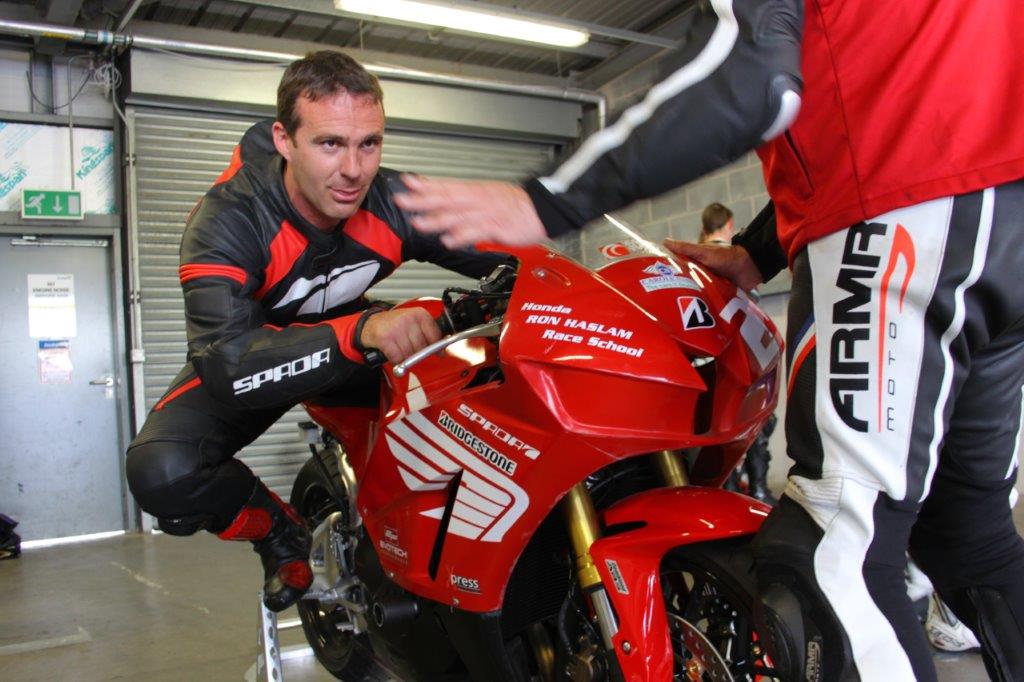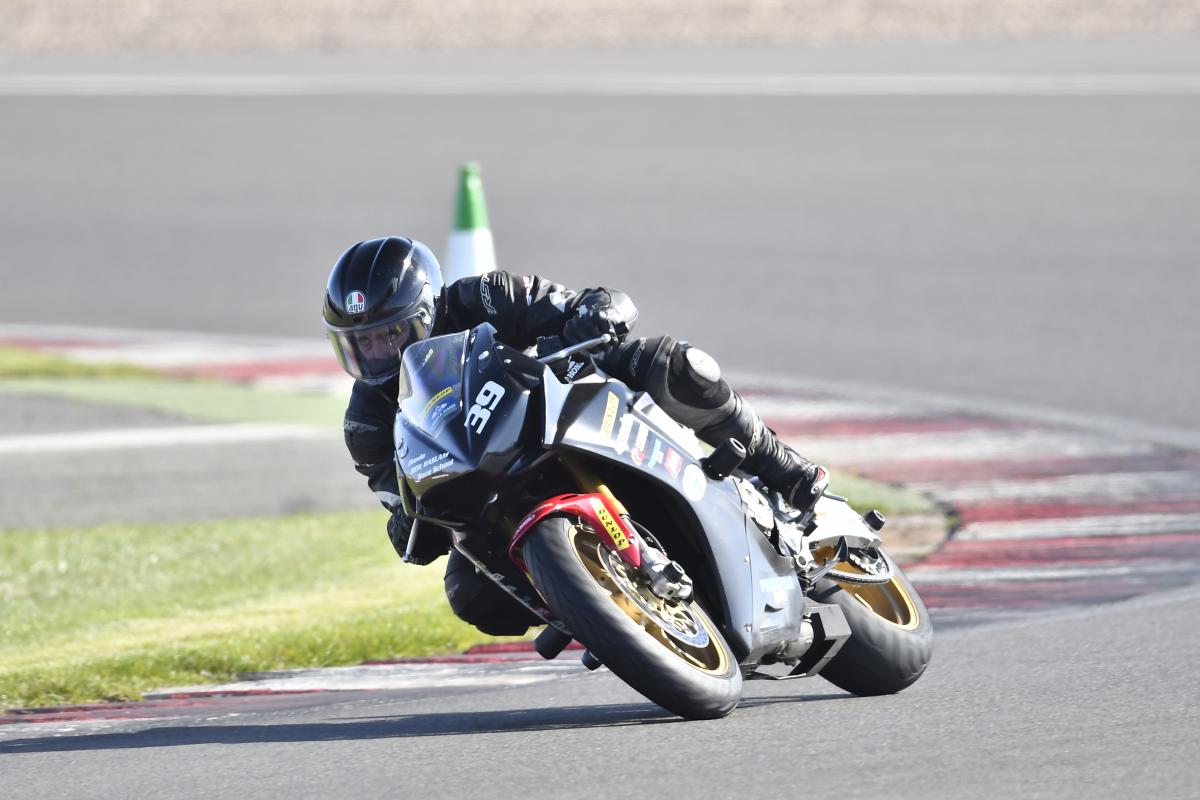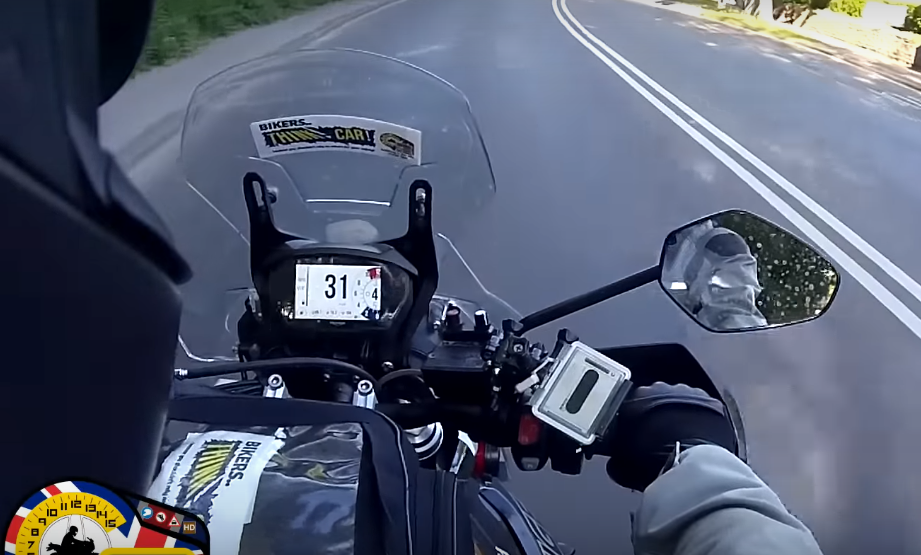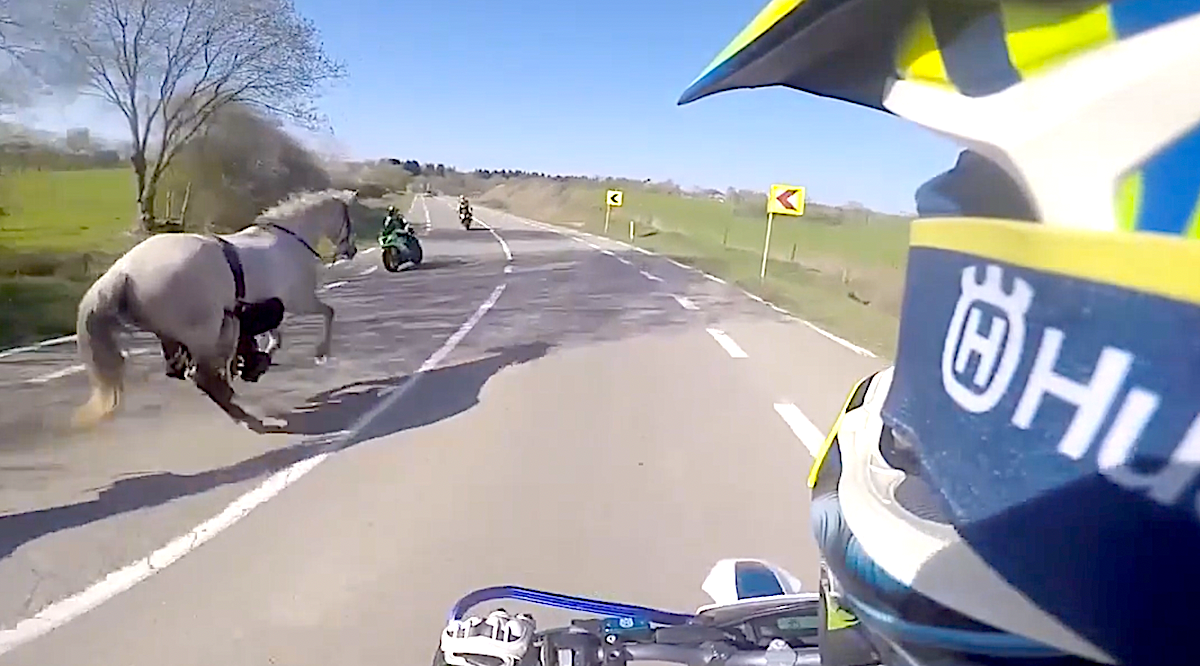Sunny side up, rubber side down | How much grip do I have on track?
Knowing how much grip your tyres are providing you key to keeping your bike upright and heading in the right direction – but how do you tell how much grip you have?
.jpg?width=1600&aspect_ratio=16:9)
TYRES, they’re the last (and probably the most important) thing connecting you to the road. They provide you with the grip you need to turn, accelerate and slow the bike down. But how can you tell how much grip you have on the road or the track?
To find out, lets break down the main phases of a corner into three parts – braking – mid corner – corner exit.

Braking
For most riders the braking on an approach to a corner will be done with the bike fairly close to vertical. For fast road and trackday riders – or those riding bikes with cornering ABS – you might carry some extra brake upto the corner apex, this is called trail braking. But we’ll leave that chat for another day!
We’ll assume the track is dry to start with, and while the bike’s in an almost vertical position, you pull the front brake in a smooth but firm manner. As you do this the front tyre will become loaded with more of the combined weight of you and the bike. The front tyre will now become compressed and squashed into the surface of the road, increasing the area of rubber that is in contact with the ground and growing the amount of grip the front wheels has with the road.
During this phase of the corner, it’s likely that the tyre will provide you with more grip that the bike can handle, and the limiting factor to how hard you can brake becomes whether or not the bike tries to lift the back wheel or not. Shorter bikes, that are squatter in appearance like the Speed Triple and MV Agusta Brutale will tend to do this earlier, while longer bikes like the Kawasaki H2 SX will want to lift the back wheel less.

Mid-corner
Now the braking phase is done, and you have scrubbed off the required amount of speed it’s time to get off the brakes (unless you’re a hero and trail brake right into the corner) and start thinking about leaning the bike over.
Before you start to lean the bike, and while you are still braking, set your body position so you are shifted over onto the edge of the seat that matches the corner you are about to go through – left hander = move to left of the seat and vice versa – and lock your leg that’s on the outside of the bike against the tank. You’re face should be about in line with the rear-view mirror on a sports bike and your upper body should be relaxed, with your outside arm supporting you by locking onto the top of the tank.
Now you’ve set the bike up to turn, your body is preloading the bike meaning when you do have to start leaning the bike, it’ll drop into the corner quicker than if you were moving around to initiate the lean.

If you’ve set you body position and speed correctly, a decent set of correctly inflated tyres should provide you with more than enough grip to get around that corner with ease. Problems mid corner generally arise when a rider mixes cornering with accelerating or slowing the bike down. Acceleration, when done gently, in the turn-in/mid-corner phase can unsettle the bike and lift the front wheel off the Tarmac causing the bike to run wide. Done more aggressively it can cause the rear wheel to lose traction, resulting in high-side. Braking also makes the bike want to sit upright, or if done violently it could overload the contact patch of the front tyre and cause you to have a low-side accident – neither of which are a great way to spend an afternoon!

Corner exit
If your corner entry/braking and mid-corner technique is good – along with your lines of course – the chances are your corner exit will be on point too.
The key thing to remember is to keep the operation of the throttle smooth and consistent. As soon as you have moved passed the apex of the corner, begin to smoothly open the throttle and pick the bike up until it is vertical again. At that point the bike should have drifted from the inside of the turn to the outside of the turn, with full throttle being applied somewhere in between.
On a well serviced dry track, a 200hp sportsbike might still loose traction when almost vertical, and if this does happen, the slide isn’t likely to get out of control because you’re picking it up into the skid. If the back end starts to loose grip closer to the apex you might have a problem. The increased angle of lean will make a slide feel much more pronounced, causing you to shut the throttle or turn into the slide which will cause you to run wide.
So, to summarise – for the most part a modern bike on decent tyres will have more grip than you be able to exploit. It’s about building your own confidence in them, working towards small goals and gently increasing your speed over time.
Just going balls out into a corner 30% quicker than you did on the last lap isn’t going to see you joining the trackday gods or club racers – it’ll see you picking your bike out of a gravel trap and looking for some new riding gear!
Take your time and have fun.


